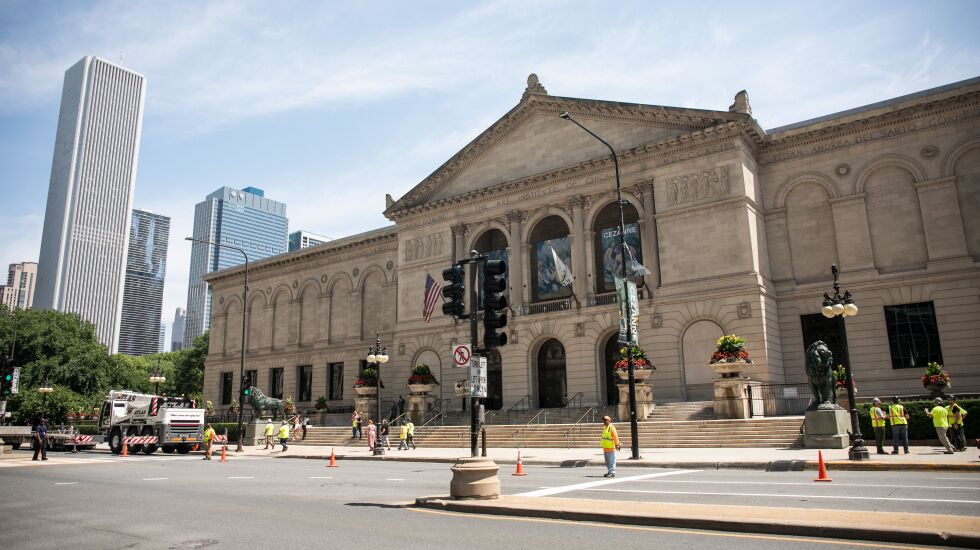
The School of the Art Institute of Chicago will continue considering race when seeking potential applicants despite the recent U.S. Supreme Court decision striking down affirmative action policies.
“We at SAIC will always work to create an inclusive campus. We recruit broadly, throughout the country and abroad, as we know talent and the desire to pursue urgent questions through art and design exist among all peoples,” said Elissa Tenny, president of SAIC.
While she’s concerned about the chilling effect the decision will have on higher education, SAIC’s current admissions policies will not be affected, Tenny said. The school’s population of 3,500 students is currently 60% diverse and 40% white.
“For well over a dozen years we have been working really hard to develop a very diverse applicant pool,” Tenny said. “Our focus is much more on the recruitment end and developing this very diverse pool so that when they are in the application process, we are not using race to make a decision because we do have a diverse applicant pool.”
One way they do this is through the school’s College of Arts Access program, a three-year college bridge program for high school students at Chicago Public Schools who aren’t able to afford SAIC.
The tuition-free opportunity provides students with experience for further higher arts education and covers their supplies, transportation and meal costs. Students can also live in the school’s dorms during the summer.
“CPS has nearly 90% nonwhite student population. So we identify students in their sophomore year who can then start to work with our faculty and staff in both developing their portfolios, but also in getting them college ready,” Tenny said.
The hope is students from the program then apply at SAIC. Since the program launched in 2014, 100% of the students have been accepted to college.
A diverse campus makes for a healthier, inclusive and productive experience for everyone, Tenny said. That’s especially important in a creative educational setting.
“A student’s portfolio is a critically important part of the application.” Tenny said. “Higher art education traditionally had this Eurocentric perspective in terms of art-making. That has all changed dramatically. We have to make sure our admissions people, in particular, have cultural competency training, for example.”
That training ensures the student’s portfolios are viewed through multiple lens of what makes good art, Tenny said.
‘We have to make sure our admissions understand how portfolios will look different and should look different,” she said.
SAIC will also maintain initiatives aimed at boosting diversity, equity and inclusion on campus.
SAIC is also searching for its inaugural vice president of diversity, equity and inclusion to bring a “cohesive vision to the anti-racism initiatives underway throughout many areas of the school,” Tenny said in a statement.







